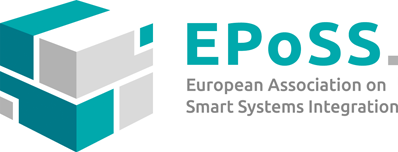With their countless applications, Smart Systems are making lives better on so many levels. A new futuris video gives examples in the area of e-textiles in health and safety. EPoSS members are on the forefront.
INTEGRATING ELECTRONICS INTO THE PROTECTIVE OUTFIT
Fisherman is one of the riskiest jobs, thousands of fishermen around the world lose their lives every year – mostly by falling overboard and drowning. So, they need some means to alert rescuers and help them stay afloat if they fall overboard.
Integrating electronics into the protective outfit can make all these emergency tools wearable and impossible to forget. At Trondheim’s swimming pool scientists are testing the first prototype of a smart safety vest, developed as part of a European Union research project. It has sealed sensors that trigger a number of life-saving measures in case of an accident, including an inflating buoyant ‘lung’ and an alarm.
The smart outfit has an automatic radio transmitter that sends a short-range distress signal to the receiver unit onboard. That allows the system to stop the boat, alert the crew and send the coordinates to the rescue services.
To ensure better functionality, comfort and safety, the fabric for the next generation of fishermen’s protective clothing needs to be reinvented. That is a task being undertaken at the SINTEF chemical lab.
The materials the scientists are working on are made from a unique coating that makes it not just water-repellent but also self-repairing. This compound contains microcapsules with a chemical that fixes scratches, making the protective outwear last longer.
BLUE LIGHT-EMITTING DIODES
On the other hand, researchers in Eindhoven have found a way to use blue light-emitting diodes to relieve back pain. The result is an innovative consumer product that is becoming available commercially. The blue light stimulates production of nitric oxide in the skin, relaxing the muscles and improving the blood circulation, which results in pain relief. An infrared sensor is used to prevent any risk to skin or eyes. The developers say the device is absolutely safe to use at home, as it does not emit any harmful UV radiation.
The technology – developed as part of an EU-funded project – is easily compatible with existing production lines. This helps make the production of textile-based electronics cheap and easy.
For more information >>here<<
Share on
